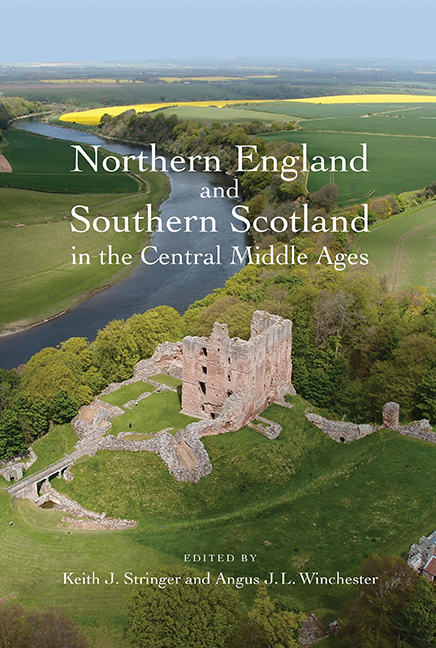Book contents
- Frontmatter
- Contents
- List of Figures
- List of Tables
- List of Contributors
- Preface
- Editorial Notes
- List of Abbreviations
- Introduction: ‘Middle Britain’ in Context, c.900–c.1300
- 1 Kingdom and Identity: A Scottish Perspective
- 2 Law, Governance and Jurisdiction
- 3 Languages and Names
- 4 Dioceses, Saints’ Cults and Monasteries
- 5 Parishes and Churches
- 6 Lords and Tenants
- 7 Rural Settlement Patterns on the Ground
- 8 Shielings and Common Pastures
- 9 Towns and Trade
- 10 Fortifications
- Index
5 - Parishes and Churches
Published online by Cambridge University Press: 24 August 2019
- Frontmatter
- Contents
- List of Figures
- List of Tables
- List of Contributors
- Preface
- Editorial Notes
- List of Abbreviations
- Introduction: ‘Middle Britain’ in Context, c.900–c.1300
- 1 Kingdom and Identity: A Scottish Perspective
- 2 Law, Governance and Jurisdiction
- 3 Languages and Names
- 4 Dioceses, Saints’ Cults and Monasteries
- 5 Parishes and Churches
- 6 Lords and Tenants
- 7 Rural Settlement Patterns on the Ground
- 8 Shielings and Common Pastures
- 9 Towns and Trade
- 10 Fortifications
- Index
Summary
Studies of parishes within the territories of the former Northumbrian kingdom that were divided by the Anglo-Scottish borderline as it crystallised in the twelfth and thirteenth centuries have been approached traditionally from either English or Scottish perspectives rather than by viewing those lands as a unit. Geographically and topographically, the region from the Humber to the Forth can be treated as a block, united by the spine of the Pennine and Cheviot Hills that merge into the massif of the Scottish Southern Uplands. Edged by low-lying coastal fringes and penetrated by long and often deeply cut river valleys, this zone had historically long-established settlement patterns where population was concentrated most densely on the coastal plains and in the lower reaches of the valleys and more thinly – in both permanently and seasonally occupied sites – through the upland areas. In the early centuries AD, during long periods of relatively benign environmental conditions, many parts of the uplands supported more substantial settled populations, which were exploiting for pasture the grasslands covering much of this region and were cultivating the scattered patches of better soils. But deteriorating climate, epidemic and political disturbance in the fifth and sixth centuries led to the emptying of much of the upland zone of all but a thin scattering of settlements and a shift towards its short-range, seasonal exploitation by communities in its lowland fringes.
Towards the end of the ninth and through the tenth centuries this situation began to change as ameliorating climate conditions encouraged the permanent recolonisation of upland. That recolonisation process intensified as an upswing in the northern European economy in the eleventh century stimulated trade and encouraged population growth. Throughout the former Northumbria, between the 1090s and the middle of the thirteenth century, record evidence reveals a landscape busy with woodland clearance, expanding agriculture, new settlement and an overall rise in population levels, and the attendant growth of structures and systems of exploitation and control which these new settlements entailed. Amongst those structures and systems were the institutions of organised religion, principally the dioceses and their administrative subdivisions of archdeaconries and rural deaneries and, at local level, the parish.
- Type
- Chapter
- Information
- Publisher: Boydell & BrewerPrint publication year: 2017

